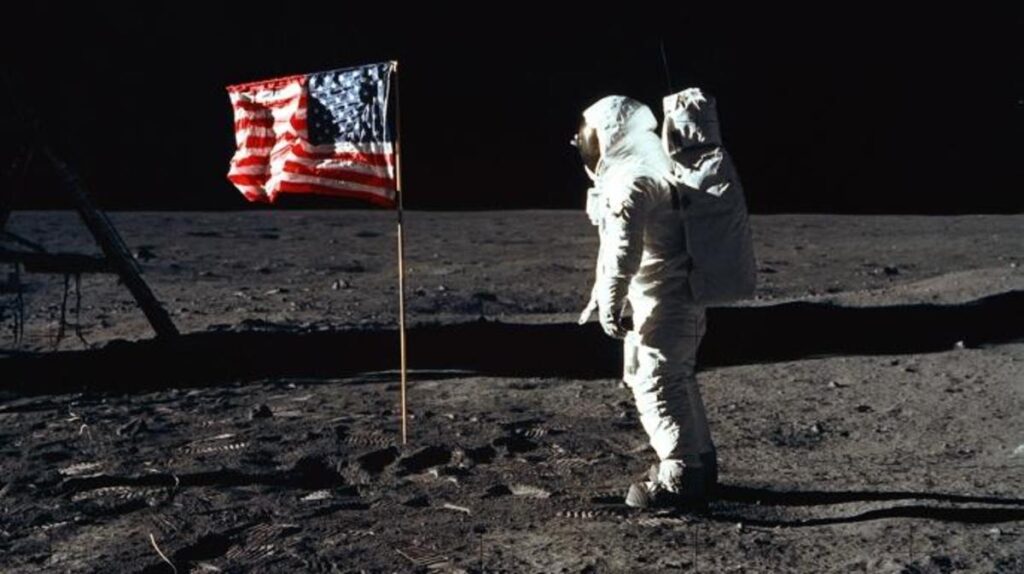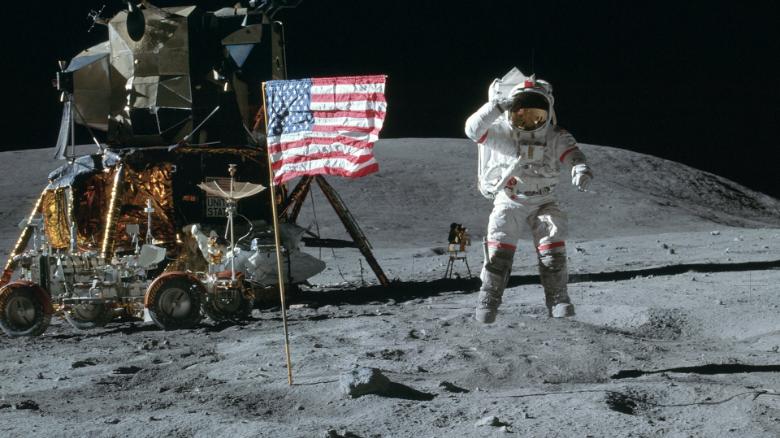
Apollo 11 astronauts Neil Armstrong, Buzz Aldrin, and Michael Collins landed on the moon approximately 53 years ago. Some people still called it a hoax and many more believe in this achievement. Let’s read some real facts about the moon’s mission in 1969.
If you find yourself in a dispute about whether humanity first set foot on the Moon on July 20, 1969, you are probably not ready for it. Most people believe that US government, Nasa, and the 12 astronauts who stepped on the Moon did fake it. The 400,000 individuals engaged in the Apollo 11 program would not be able to fake one of humanity’s greatest achievements.
However, people do believe that the US government and NASA had faked it. They exclaim that they wanted to divert the attention of people away from the Vietnam war. Finding proof that the landings were staged is key to any of these arguments.

Arguments and their Responses
However, people still do arguments about the moon landing. Most of them related to pictorial evidence given by Astronauts and laws of physics. People do ask about the stars in a Universe. The argument is that if the Moon is free from dust particles, stars should be in the picture The physicists have given responses regarding that. All manned space travel took occurred during the day. This meant that starlight lost the struggle against the Moon’s extraordinarily brilliant surface, which was too faint to be seen in photographs.
A very well-known argument given by people who believe this was just a successful hoax is, that they asked if there is no gravity on the moon and how the flag was in the air? NASA has responded by itself to this question. They answered that In fact, it isn’t even fluttering. The flag is connected and extended with a horizontal rod at the top of the pole. This gives the impression that the wind is keeping it from falling.

A simple sensor placed Apollo 11 53 years ago is the last nail in the coffin of Moon hoax theories. Armstrong and Aldrin placed a lunar laser range radar reflector array on the Moon’s surface during their day on the Moon. It is still operating today, and we can use it to reflect lasers and determine the distance from the Moon to a millimeter. We couldn’t have done it if we hadn’t been to the Moon.
